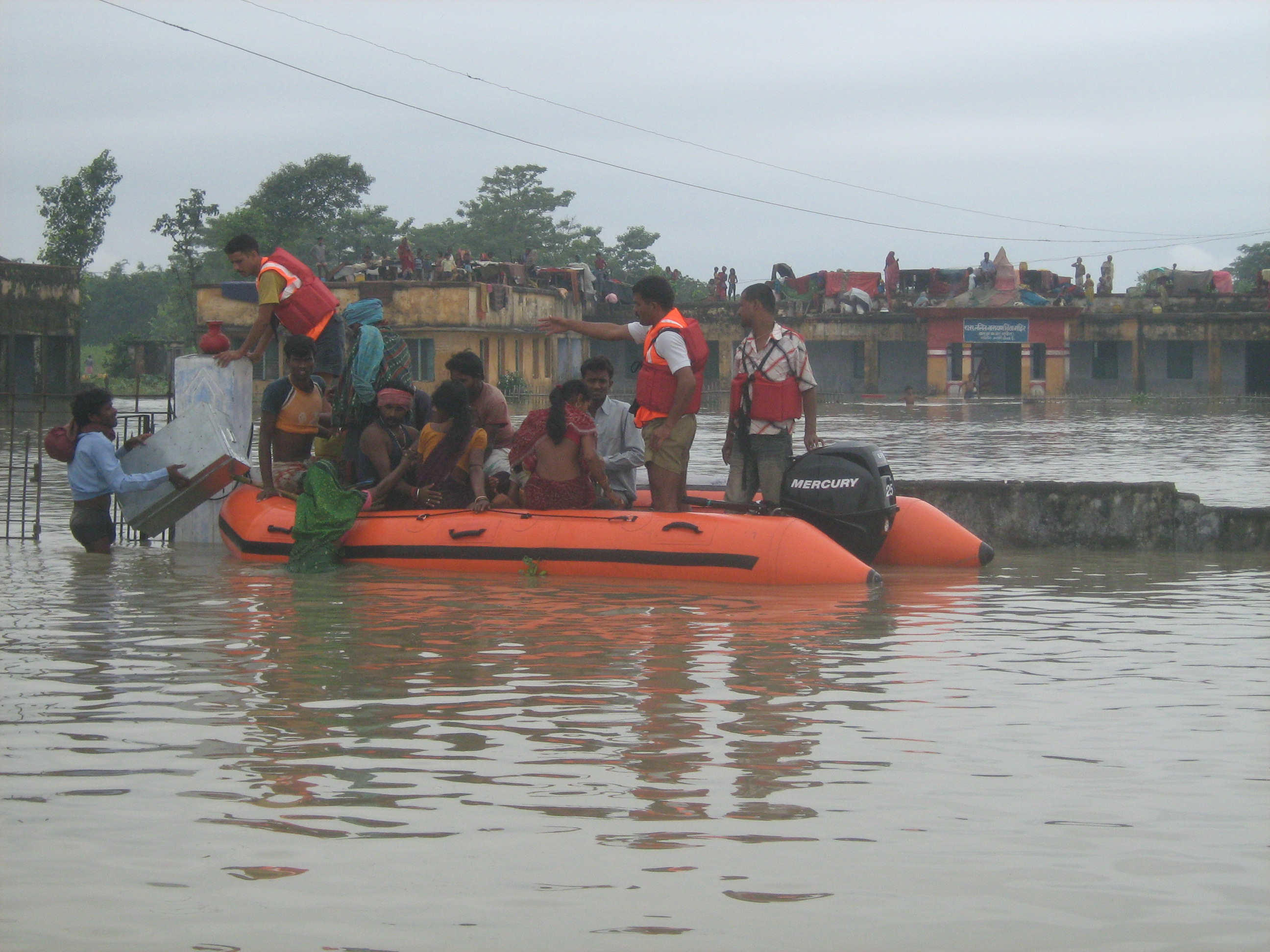Netflix Is Going To Release Documentary And Series On Youtube
- 18-04-2020
- News

India is highly prone to floods which are a common occurrence in every monsoon season. Out of the total geographical areas of 329 million hectares, about 45.64 million hectares is flood-prone. This year too Assam is battling high intensity flood with the overflowing Brahmaputra severely affecting many villages and leaving locals stranded. Assam and parts of Bihar are facing the twin challenge of struggling with floods and the coronavirus pandemic. Rising water level has also swamped the Kaziranga National Park, home to the world’s largest concentration of one-horned rhinoceros.
Landslides and flash floods are common in India's Assam and Bihar states during the June-September annual rainy season. Several other states across the country are also bracing up for heavy rains and floods as parts of Madhya Pradesh, Chhattisgarh and Uttar Pradesh are likely to receive heavy rainfall by 20 August.
The fact that floods create devastating impact in the country despite being a recurring phenomenon shows the incompetence of government organizations to take or implement proper measures in controlling floods and timely evacuation of people. The government of India has time to time created boards and commissions for flood control and management, some of the past attempts being:
Despite all these efforts, flood risk mapping and identification of area affected by flood in country still remains an unaccomplished task of disaster risk management experts in India. A report by CAG has held that “there were huge delays in completion of river management activities and works related to border areas projects which were long-term solutions for the flood problems of Assam, north Bihar and eastern Uttar Pradesh". Besides, there were discrepancies in execution of works like regular award of work, splitting of tenders, payment at higher rates, etc.
Floods not only cause damage to life and property of the people living in these areas, it also creates a sense of insecurity and fear in their minds. The repercussions of flood are far more emotional than economical or physical. Suffering of survivors, spread of disease, non-availability of essential commodities and medicines and loss of their abodes, makes floods the most dreaded natural disasters of mankind. This is further engraved by treachery on part of government officials who are elected by people to serve them. Scams, frauds and scandals have been an inherent part of our political system since inception, but flood relief scams are not just a direct hit on the victims, but also on those who contribute to these funds in the hope that their hard-earned money would be used to betterment of lives and property destroyed by nature’s fury. In most of the cases, those who are affected by floods did not get anything beyond the initial meagre compensation, money meant for them stolen by officials through fraudulent ways and forgery. Some of the latest and worth mentioning scams of Indian history being:
A CAG report of 2017 recommended that the union water resources ministry must keep strict vigilance on utilization of funds by state governments and executing agencies to avoid “parking and diversion" of funds meant for flood management. The emphasis of Indian government has so far been on structural measures to fight and curb flooding. Apart from improving these structural measures through vigilance on proper utilization funds meant for flood management and relief, standard operating procedures for dams and carrying out the timely inspections and audits; experts suggest that flood related destruction can-not be fully controlled without non-structural measures like flood forecasting and warning, floodplain zoning, flood proofing including disaster preparedness and flood insurance. Flood Forecasting and Warning Centre website can be created to provide real time information along with required warnings on the current water level.
There is no dearth of choices in front of government on how to curb floods and save people from its aftermath, what so far it has been lacking is sheer will and determination to implement the measures.